Withdrawal
Attention The crankshaft can only be removed from a removed engine. It is assumed that the gearbox, flywheel or drive plate, chain, cylinder head, oil pan, oil pump with oil receiver tube and strainer, oil screen oil pump. pistons with connecting rods and the left crankshaft oil seal cover have already been removed from the engine.
Check crankshaft end play. Install the dial indicator on the engine block and install the measuring tip of the indicator into the end of the crankshaft (see fig. 4D.56).
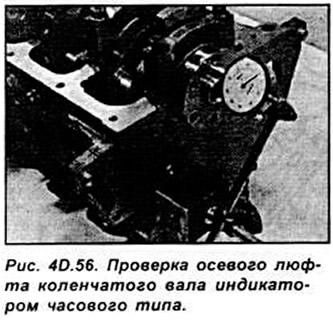
Move the crankshaft until it stops from the dial gauge Set the arrow to "0" indicator scale. Then, using the lever, move the crankshaft to the indicator and read the crankshaft play on the indicator scale. If the crankshaft backlash exceeds the allowable value, then check the condition of the semi-axial rings and, if necessary, install new semi-axial rings.
In the absence of a dial gauge, the crankshaft end play can be checked using a feeler gauge set.
HCS and Endura-E engines
Check that the main covers are marked to indicate their correct location in the cylinder block. The covers also have arrows pointing towards the timing chain (see fig. 4D.57).
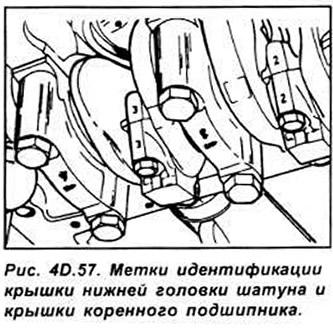
Unscrew bolts of fastening and remove radical covers of bearings.
Remove the crankshaft from the cylinder block, then remove the upper bearing half shells. Keep them together with their respective sockets for proper reassembly. Remove the crankshaft oil seals.
CVH and PTE engines
Check that the crankshaft main covers have identification numbers. Each cover has an arrow pointing to the toothed drive belt. Unscrew bolts of fastening and remove covers of radical bearings of a cranked shaft. Remove the crankshaft from the engine block. Remove the upper main bearings from the cylinder block and place them together with the appropriate cover to reinstall them. Also remove the half shaft races from each side of the center bearing.
Zetec and Zetec-E engines
Check the identification marks on the main bearing caps. They are numbered consecutively from the toothed belt side. The bearing caps also have an arrow pointing to the toothed belt (see fig. 4D.60).
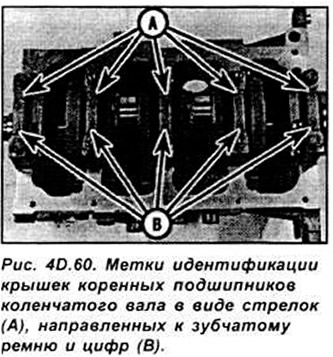
Unscrew the main bearing caps. Remove the crankshaft from the engine block.
Remove the upper half shells and keep them together with their respective main bearing caps.
Examination
Thoroughly clean the crankshaft. Inspect the main and connecting rod journals for signs of wear, scratches or scratches. Check them for ovality using a micrometer. Before reinstallation, the crankshaft must be thoroughly cleaned, including the internal oil passages. This can be done with a wire or by blowing with compressed air. Then insert the oil can into the corresponding oil passages and squeeze the oil into them. It should come from the next hole. Any blockage in the oil passage must be removed before installing the crankshaft.
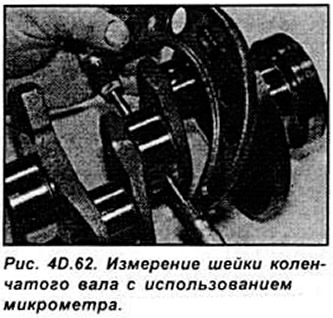
Check the condition of the connecting rod bearings. A sign of damage to the connecting rod bearings is a regular rhythmic loud knock from the crankshaft side. The frequency depends on the engine speed. Especially this knock is noticeable when the engine is running under load. This symptom is accompanied by a drop in oil pressure, although this is usually not noticeable unless an oil pressure switch is installed. Main bearing damage is usually indicated by noticeable vibration, especially at high engine speeds. This vibration is usually accompanied by a more significant drop in oil pressure and a rattling noise. Bearing shells in good condition have a smooth surface with a uniform matte silver color over the entire surface. Worn liners have patches of different colors where the metal has worn away and the backing has been exposed. Damaged earbuds have scratches or nicks. If the crankshaft itself is in good condition, then it is easy to solve the problem by purchasing another set of bearings of the same size. If the crankshaft is regrinded or replaced, the bearing shells must also be replaced during this operation.
Check up a condition of necks of a cranked shaft working in contact with sealing rings.
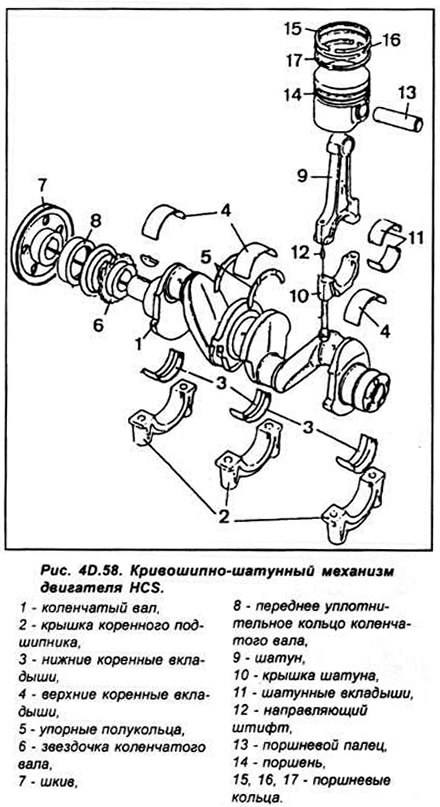
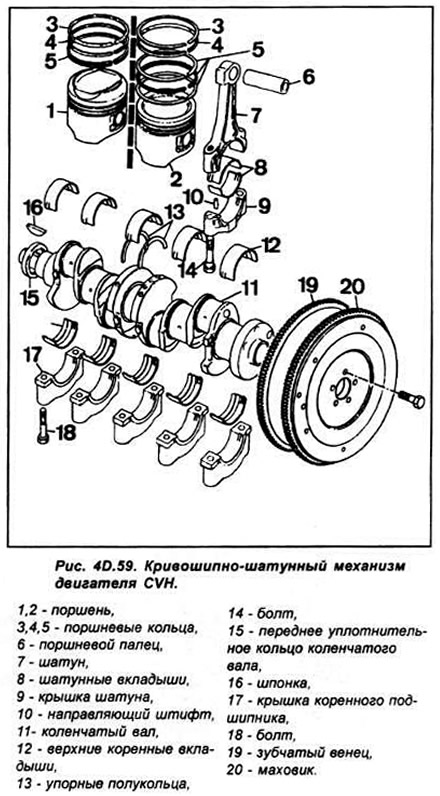
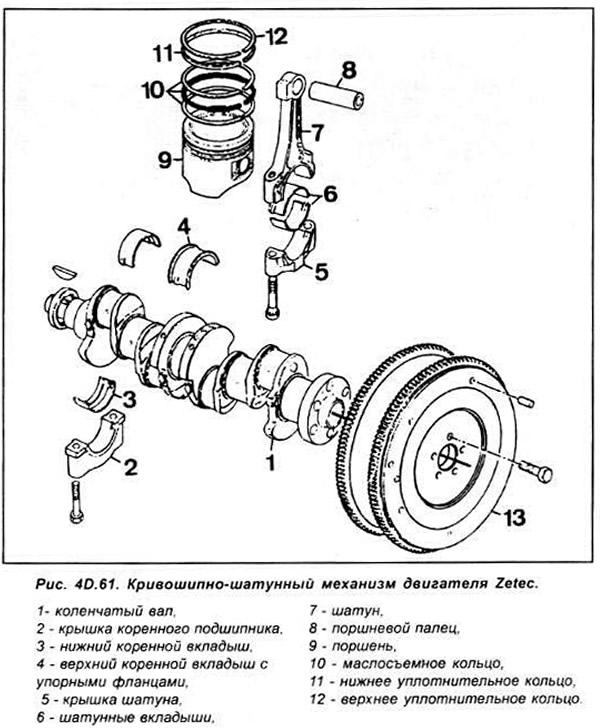
Visitor comments